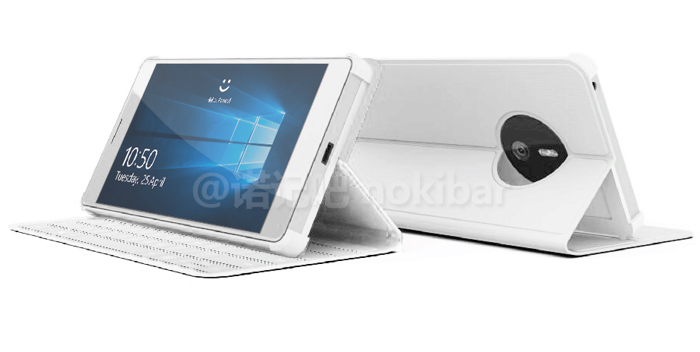Last week, Canon launched its fourth-generation 5D DSLR camera, the first of its kind to offer Wi-Fi connectivity and 4K video capture support. The device features a 30.4-megapixel sensor, a wide native ISO range between 100 and 32,000, improved scene detection, and a second-generation autofocus system that expands coverage across a frame.
Second-gen autofocus II, ISO range between 100 and 32,000
The new EOS 5D Mark IV is a 30.4-megapixel 35mm camera featuring a 61-point high-density reticular autofocus II system, similar to the company’s flagship EOS 1D X Mark II. The device features a Digic 6+ image processor to capture 4K video at 30fps and up to 7fps in continuous shooting mode.

The device slightly improves upon its predecessor in continuous shooting, the 22.3-megapixel Mark III, which had a 6fps limit in this mode and captured 1080p and 720p video at 60fps. The Mark III featured a standard ISO range between 100 and 25,600, with two extended settings of 51,200 and 102,400. The Mark IV now includes a standard ISO range between 100 and 32,000 and is expandable up to a range between 50 and 102,400.
For the first time in an EOS 5D-series DSLR camera, the Mark IV features both Wi-Fi and NFC for easy image transfer, along with GPS for more accurate geotagging
Dual Pixel CMOS autofocus system
The 5D Mark IV DSLR uses the company’s new Dual Pixel CMOS autofocus system that allows for continuous focus tracking of subjects. It will also allow a user to extract still 8.8-megapixel JPEG images from a 4K video file from within the camera menu rather than through additional software.
Additional improvements have been made to facial recognition and tracking, and the device now features an anti-flicker system that automatically adjusts shutter release timing to improve any exposure or color differences between frames.
4K video capture at 500Mbps
The Canon 5D Mark IV can capture 4K video at 3840x2160p and Digital Cinema 4K 4096x2160p resolution in the MJPEG codec at 500Mbps. This is about five times the data rate of traditional 4K cameras capturing in H.264 at 100Mbps. According to SLRLounge, the device will take 32GB to shoot just 8 minutes of footage. Meanwhile, it supports 1080p capture at 60fps and 720p at 120fps. More importantly, however, the device can also capture High Dynamic Range (HDR) video in these resolutions, a first for any DSLR camera in the company’s lineup.
Ultra-wide and standard zoom lenses
The company is also introducing two EF-Series L-series lenses – the first is the EF 16-35mm f/2.8L III USM Ultra-Wide Zoom Lens, with a large diameter GMO dual surface aspherical lens and ground aspherical lens and f/2.8 aperture. The second is the EF 24-105mm f/4L IS II USM Standard Zoom lens, with improved four-stop image stabilization, ghosting and flare reduction. The first lens will be available for $ 2,199 in late October and the second will be $ 1,099 in the same timeframe.
Pricing and availability
The Canon EOS 5D Mark IV will go on sale in early September at a price of $ 3,499 for the body only. The camera will also be sold in several body-and-lens kits with the EF24-70mm f/4L lens for $ 4,399 and with the EF24-105mm f/4L IS II USM lens in late October for $ 4,599.
Autore: Fudzilla.com – Home





